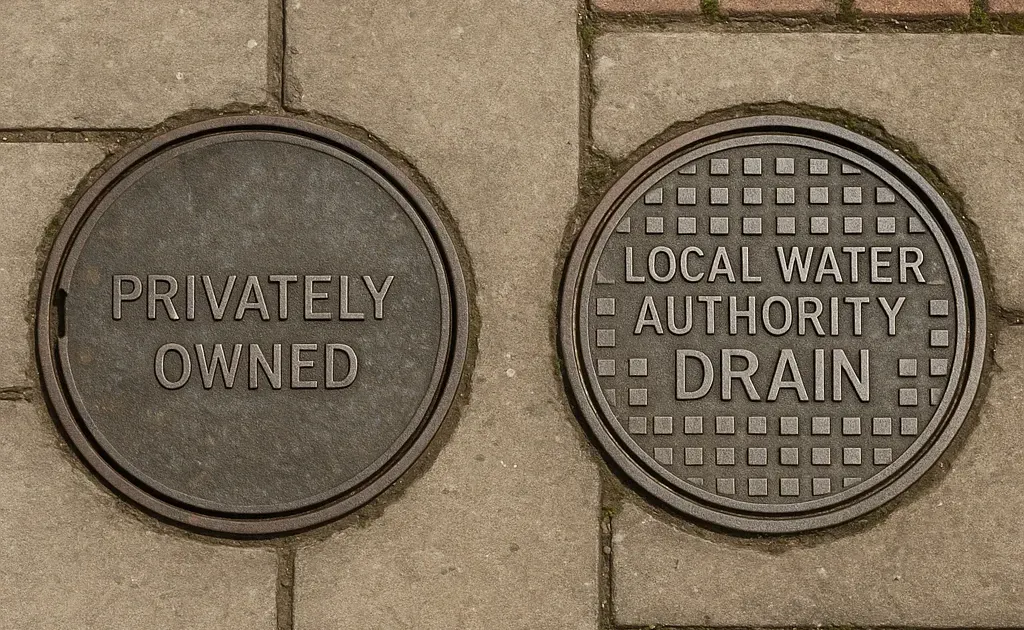Warm Up Your Home Extension: A Guide to Understanding and Installing Underfloor Heating for Optimal Comfort and Energy Efficiency
Underfloor heating is the fastest-growing heating type in the UK and has become cheaper and easier to install.
Swapping radiators to an efficient underfloor heating system can cut
energy usage by around 25%.
This is because underfloor heating operates at a lower temperature than radiators (around 35C vs 70 to 90C).
Further, underfloor heating is applied to the entire room, whereas radiator heat is concentrated in isolated spots across the home.
This is a guide to underfloor heating for
house extension and renovation projects.
What is underfloor heating, and how does it work?
Underfloor heating involves heating the home from under the floor and is divided into two broad categories:
- Wet underfloor heating: Wet systems take water from the boiler as a radiator would. They involve laying pipework beneath the floor to distribute hot water around the home.
- Dry underfloor heating: Dry systems aren’t plumbed. Instead, they use electric elements and are connected to the mains electricity supply.
Let’s take a closer look at those two categories now:
Electric ‘dry’ underfloor heating
Electric underfloor heating, also called dry underfloor heating, is not plumbed into the boiler and doesn’t use water. It’s a form of electric heating that uses one of three different types of elements:
- Pads: Heat is delivered via underfloor heat pads
- Foil pads: Similar to the above but more efficient
- Loose wires: Suitable for irregularly shaped floor
Electric underfloor heating is perfect for retrofitting to homes, as it’s easy to install and fit. It’s efficient, but not as efficient as a good-quality wet system.
Suppose you’re building a
loft conversion, bathroom (or en-suite), conservatory, orangery or a relatively small extension (like a side return extension). In that case, electric underfloor heating could be a good option as it’s relatively cheap compared to radiators and maintains a low-profile.
Water ‘wet’ underfloor heating
Wet underfloor heating systems are the gold standard for newbuilds equipped with underfloor heating. They provide superb heating performance at a lower cost than radiators.
While a wet system is considerably more expensive to retrofit, they’re a popular choice for extensions. This is because it’s easier to plumb a wet system when building an extension, as the pipes are laid when the floor is created.
A wet system is at its best when equipped with a heat pump (either air source or ground source). This is probably one of the most efficient and eco-friendly heating systems money can buy.
Nuheat says that wet systems accompanied by a heat pump are a whopping 40% more efficient than radiators.
Is underfloor heating worth it?
Underfloor heating is not rocket science - it basically amounts to moving radiators from around the room to underneath it. This does amount to a few major changes in how the room is heated, though:
1: Underfloor heating is consistent
Standard radiators are installed around the outside of a room. When you turn them on, they heat the air closest to them soonest, and that heat disperses across the room. As a result, it can take a while for the whole room to heat up.
Contrastingly, underfloor heating is consistently applied to the entire room. Consequently, it heats the room up much quicker and minimises heat loss from cold spots or draughty areas.
2: Free space
Without radiators, you’ll have a little extra space. It might not amount to much but may come in handy for smaller rooms where radiators look pretty cumbersome.
3: Feels great
Underfloor heating is especially popular in bathrooms as it feels great underfoot. Stepping out of the shower onto a warm floor is a luxury!
4: Energy efficient
We’ve already touched on this one. Underfloor heating is more energy efficient than standard radiators (for wet systems). So it’s a greener way to heat a home, particularly if you use a heat pump instead of a boiler.
5: Better for your health
Radiators encourage the circulation of dust and allergens. Underfloor heating is generally cleaner to run and suits those with asthma or allergy problems.
How much does underfloor heating cost?
The cost of underfloor heating depends on whether you choose a wet or dry system.
Electric systems are cheaper to install but more expensive to run. They’re ideal for smaller rooms like bathrooms and converted lofts, but generally unsuitable for larger ones like a living room or kitchen.
- Electric underfloor heating systems cost around £50 to £100/m2. This doesn’t necessarily include labour. Costs of retrofitting are generally higher than if installing into an extension.
- Wet systems cost north of the £125/m2 mark. Again, installing wet underfloor heating into a new extension is cheaper than retrofitting.
The cost of underfloor heating has to be weighed up against potential energy savings and the value it’ll add to a home.
Shall I choose underfloor heating for my extension?
Underfloor heating is a popular option for heating extensions. It can be fitted in practically any extension on any floor, including loft conversions.
In fact, fitting underfloor heating might be easier than radiators in small rooms such as converted lofts - electric underfloor heating is a great option here.
Wet systems are generally only suitable for larger rooms, so they suit side larger return and rear extensions.
If you want underfloor heating, make sure you tell your contractor so they can add it to the quote.
Is underfloor heating suitable for upstairs?
Underfloor heating can be fitted anywhere in the home, including upstairs. Low-profile systems are ideal for loft conversions, where they’re often cheaper to install than radiators.
Electric systems are very flexible and are often recommended for heating rooms when plumbing radiators would be difficult.
Summary: Underfloor heating for house extensions
Underfloor heating is excellent for heating any room, upstairs, downstairs or even in the loft.
There are two main types of underfloor heating: wet and dry.
A dry electric system is easy to fit in small rooms and offers a low-profile, cost-effective means to heat small extended rooms and loft conversions without installing radiators.
Wet systems are more suitable for large rooms with higher heating demands and are some of the most efficient heating systems available.
Fast Plans provide a professional drawing and design service for house extensions and loft conversions.
Contact us today to discuss how we can help you get your project in motion!
Ready to get started?
Fixed-price packages with everything included. Call 0208 154 5569 now or request a callback below.
Related posts


